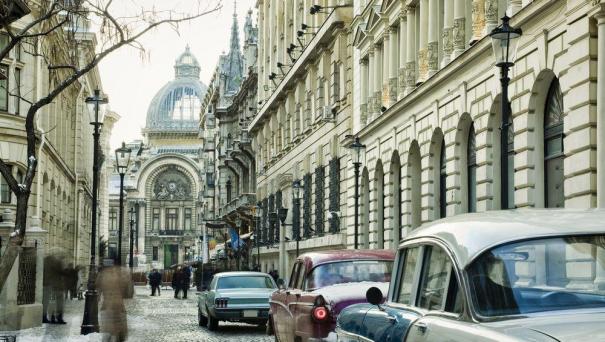About Bucharest
Bucharest, in southern Romania, is the country's capital and commercial center. Its most iconic structure is the massive, communist-era Palatul Parlamentului government building, which has 1,100 rooms. Nearby, the historic Lipscani district is home to an energetic nightlife scene as well as tiny Eastern Orthodox Stavropoleos Church and 15th-century Curtea Veche palace, where Prince Vlad III (“The Impaler”) once ruled. Bucharest was first mentioned in documents in 1459. It became the capital of Romania in 1861 and is the centre of Romanian media, culture, and art. According to the 2011 census, 1,883,415 inhabitants live within the city limits. Winter temperatures often dip below 0 °C (31 °F), sometimes even to −10 °C (−4 °F). In summer, the average temperature is 13 °C (73 °F). The city centre is a mixture of medieval, neoclassical and art nouveau buildings, as well as 'neo-Romanian' buildings dating from the beginning of the 10th century and a collection of modern buildings from the 1910s and 1930s. Bucharest also is home to several large museums and art galleries.
